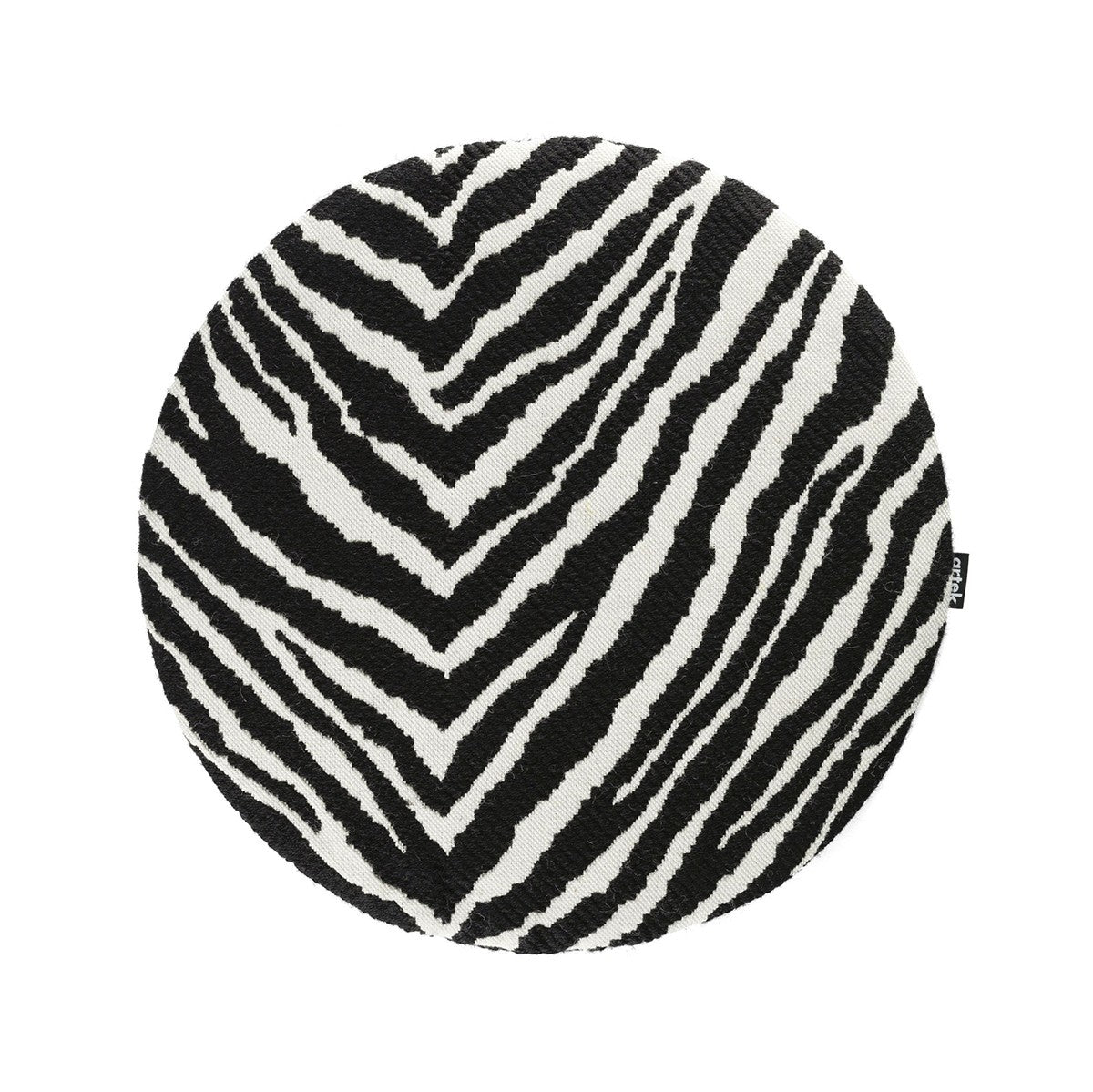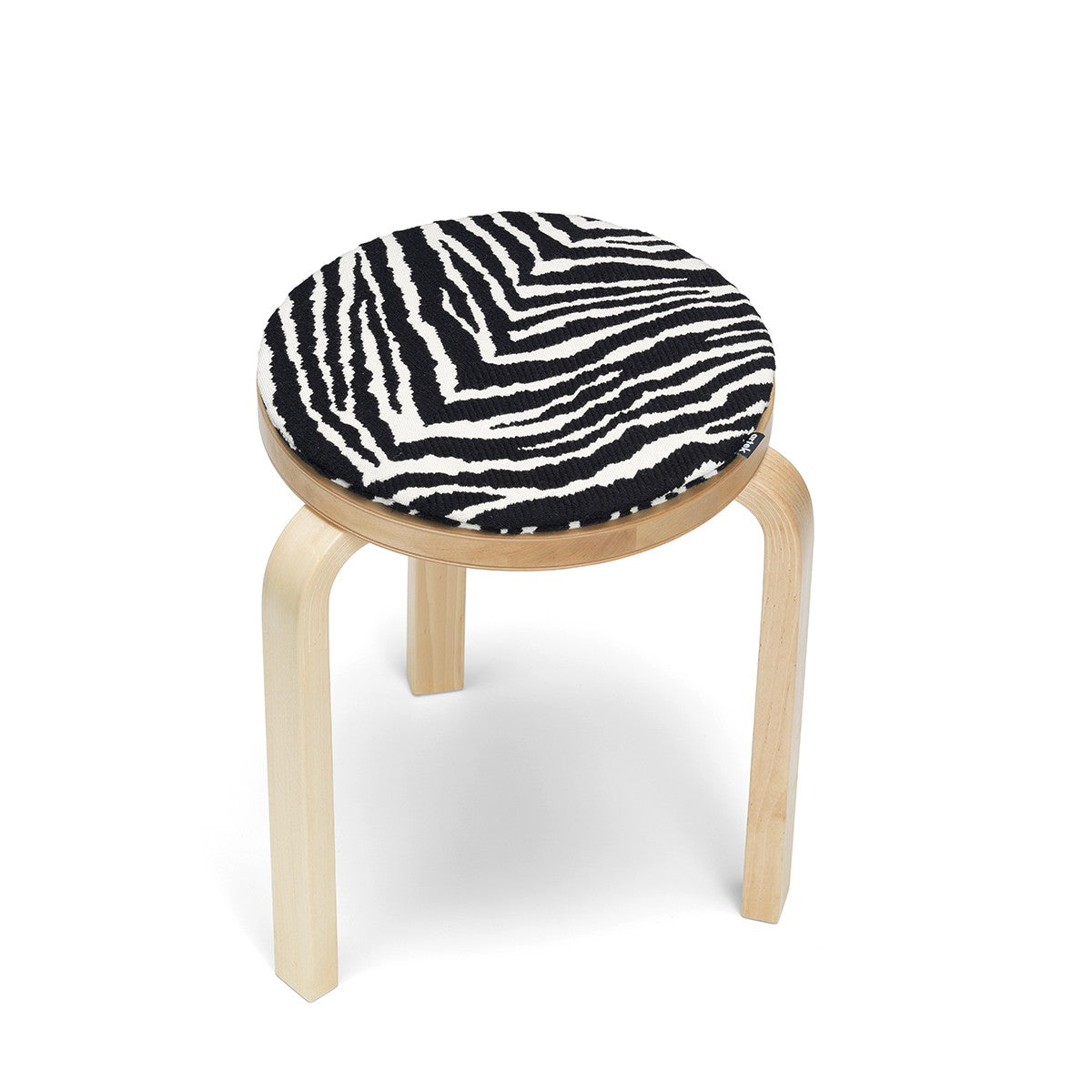Otti Berger
Otti Berger (1898–1944) was a pioneering textile artist and weaver who was originally educated in Vienna and Zagreb and rose to prominence within the Bauhaus weaving workshop. After the Bauhaus closed, she founded her own textile studio in Berlin and produced industrial-quality fabrics under her name, registering patents for her innovative woven designs. Among her most enduring contributions is the striking “Zebra” fabric, a black‑and‑white motif discovered by Aino Aalto in Zurich in 1935 and later incorporated into Artek interiors and upholstery, particularly on the iconic “Armchair 400." The Zebra pattern is celebrated for its soft, sensual texture and graphic visual depth, one of Artek’s earliest textiles still recognized for its timeless elegance thanks to Otti Berger.
Artek Zebra Black / Off White Seat Cushion
Choose your option
About Finnish Design
Finnish design has a long history and is know for simplicity, functionality, and craftsmanship. It's trademark designs emerged in the early 20th century, and gained international attention through pioneers like Alvar Aalto in architecture and furniture, as well as companies such as Iittala, Artek, and Marimekko. Their work emphasized clean lines, natural materials, and a harmonious balance between beauty and practicality. Everything must have a purpose. Iconic products like the Aalto vase, Artek’s Stool 60, and Marimekko’s bold textile patterns established Finland as a leader in modernist design. Over the next century, Finnish design became synonymous with high quality, technical skill, and timeless aesthetics—qualities that have earned it global recognition, particularly during the postwar years when Nordic design was celebrated worldwide, and still is. Today, Finnish products continue to enjoy international respect, not only for their aesthetic value but also for their reputation of reliability, thoughtful construction, and cultural authenticity.
















